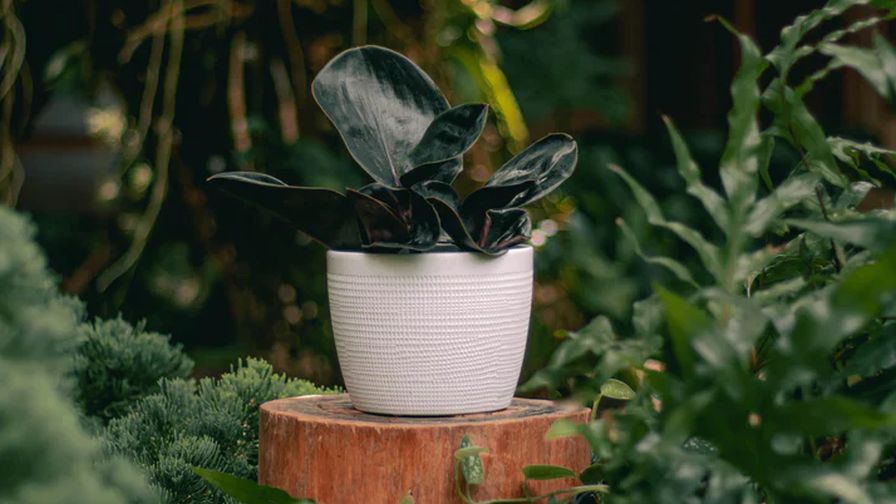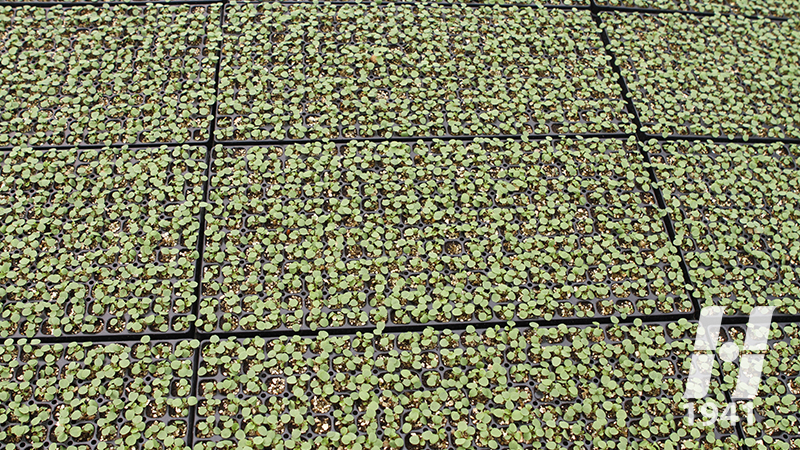Why Gray Mold Prevention Starts With Air Movement in the Greenhouse
Botrytis, or gray mold, (Botrytis cinerea) is commonly observed in greenhouse and outdoor environments on a wide range of ornamental and vegetable crops. Many bedding plants are very susceptible to botrytis, so growers should aggressively scout for signs of infection and be proactive in managing this common disease.
In a recent e-GRO alert, Tom Ford with Penn State University Extension notes that Botrytis cinerea can survive as a saprophyte on leaves and plant debris that have accumulated under the benches in the greenhouse. Fungal spores produced on these decaying tissues can be spread by splashing water and/or on the air currents in the growing environment.
Botrytis infection is encouraged by the presence of free moisture on plant tissues for eight to 12 continuous hours, high relative humidity in the canopy, and cool temperatures.
Condensation can form on the greenhouse glazing as it cools and then drip onto the foliage and flowers below. This source of free moisture, coupled with elevated relative humidity levels in the growing environment, can create the perfect conditions for gray mold infection and development.
Most floriculture crops, Ford says, are susceptible to botrytis infection throughout the production cycle. Scouting for botrytis starts when the first box of cuttings or plugs is opened and continues until the finished crops are being loaded up for delivery and/or are sold to the end consumer.
For visual scouting tips and management strategies, check out the complete e-GRO alert here.









